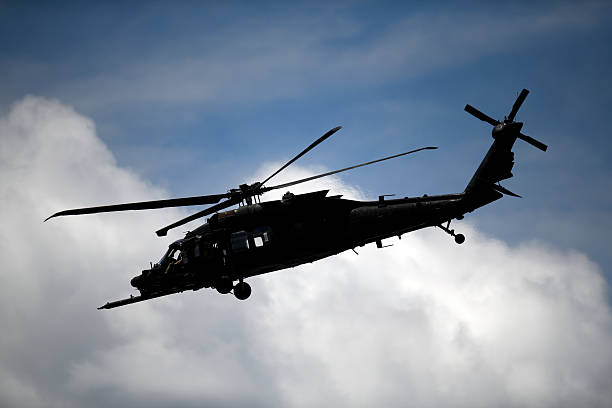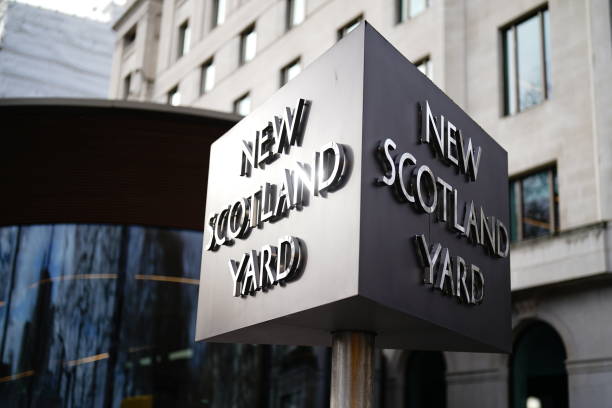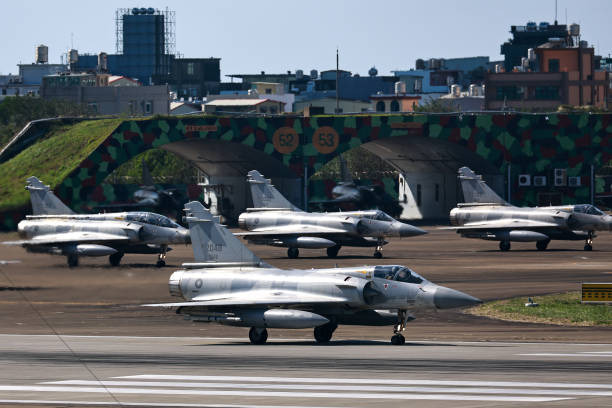Army Black Hawk Helicopter Briefly Lost Contact with Controllers, Causing Aborted Landings at Washington Airport
A brief loss of contact with an Army Black Hawk helicopter near the Pentagon led to two commercial jets aborting landings at a Washington airport, raising air traffic safety concerns.
 INDIANAPOLIS, IN - MAY 23: An Army Lockheed Martin Sikorsky UH-60M Blackhawk Helicopter flies over the track during Carb Day for the NTT IndyCar Series 109th Running of the Indianapolis 500 on May 23, 2025, at the Indianapolis Motor Speedway in Indianapolis, Indiana. (Photo by Michael Allio/Icon Sportswire via Getty Images)
INDIANAPOLIS, IN - MAY 23: An Army Lockheed Martin Sikorsky UH-60M Blackhawk Helicopter flies over the track during Carb Day for the NTT IndyCar Series 109th Running of the Indianapolis 500 on May 23, 2025, at the Indianapolis Motor Speedway in Indianapolis, Indiana. (Photo by Michael Allio/Icon Sportswire via Getty Images)WASHINGTON — Military air traffic controllers lost contact with a U.S. Army Black Hawk helicopter for approximately 20 seconds as it neared the Pentagon on May 1, an incident that prompted two commercial jets to abort their landings at Ronald Reagan Washington National Airport, the Army confirmed to The Associated Press on Friday.
The near-miss incident added to ongoing concerns over the safety of air traffic near the Washington airport, particularly following a deadly January midair collision between an Army helicopter and a passenger jet that killed 67 people. In response to that tragedy, the Federal Aviation Administration (FAA) permanently restricted helicopters from flying the same route where the collision occurred.
Following the May 1 episode, the Army temporarily suspended all flights into and out of the Pentagon and is working with the FAA to address the underlying safety issues.
Brig. Gen. Matthew Braman, head of Army aviation, explained that the brief loss of contact occurred because a temporary control tower antenna was placed in a location unable to maintain line-of-sight with the low-flying helicopter as it rounded the Pentagon. The antenna, in place during the construction of a new control tower, has since been relocated to the Pentagon’s roof to improve signal reception.
Additionally, Braman said that FAA controllers at Ronald Reagan airport had difficulty pinpointing the helicopter’s location. Despite the Black Hawk transmitting location data, FAA officials acknowledged in recent meetings with the Army that the information from various sensors and data feeds was inconsistent—deviating by as much as three-quarters of a mile—contributing to confusion about the aircraft’s position.
The FAA declined to confirm whether the tracking problems stemmed from its own equipment issues, citing an ongoing investigation by the National Transportation Safety Board.
Transportation Secretary Sean Duffy is currently advocating for upgrades to air traffic control systems, following similar equipment failures that have affected control of airspace around Newark Liberty International Airport in recent weeks.
Initial reports on the May 1 incident suggested the Black Hawk may have been on a “scenic route,” but ADSB-Out data provided by the Army and reviewed by the AP showed the helicopter adhered closely to its approved flight path along the I-395 corridor, known as Route 5, before circling the Pentagon.
During the Black Hawk’s approach, FAA controllers aborted the landing of a Delta Air Lines Airbus A319 to avoid a potential conflict, Braman said. The 20-second communication gap prevented the Pentagon tower from clearing the helicopter to land, prompting the Black Hawk to circle the Pentagon again. During this second loop, controllers aborted a second landing—this time of a Republic Airways Embraer E170—due to uncertainty over the helicopter’s location.
The Army and FAA continue to investigate the incident as part of broader efforts to ensure air traffic safety in one of the nation's most sensitive and congested airspaces.







Conversation